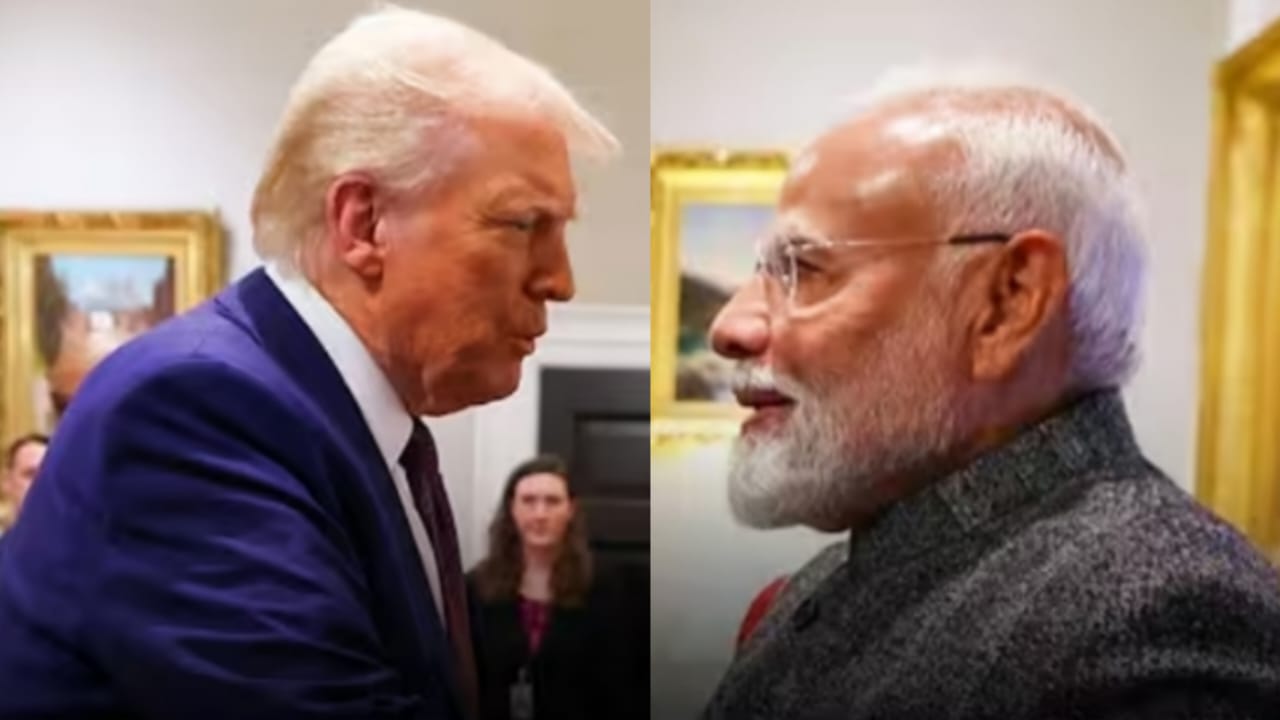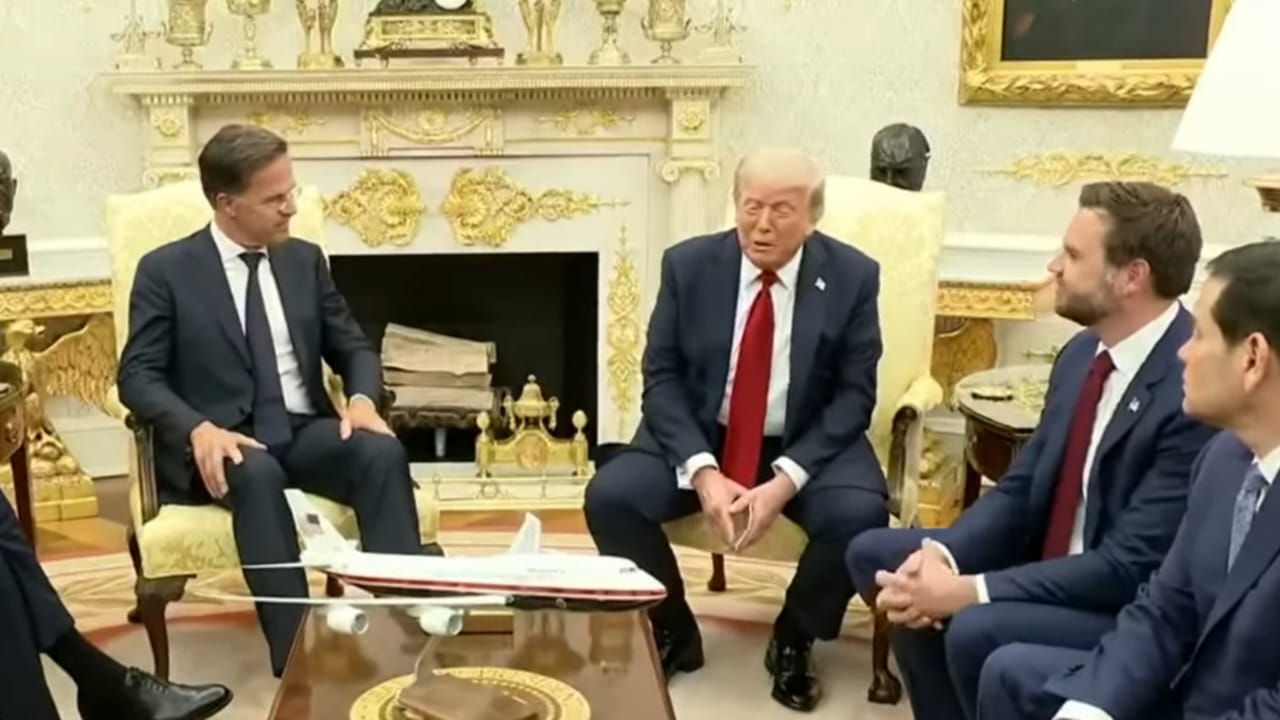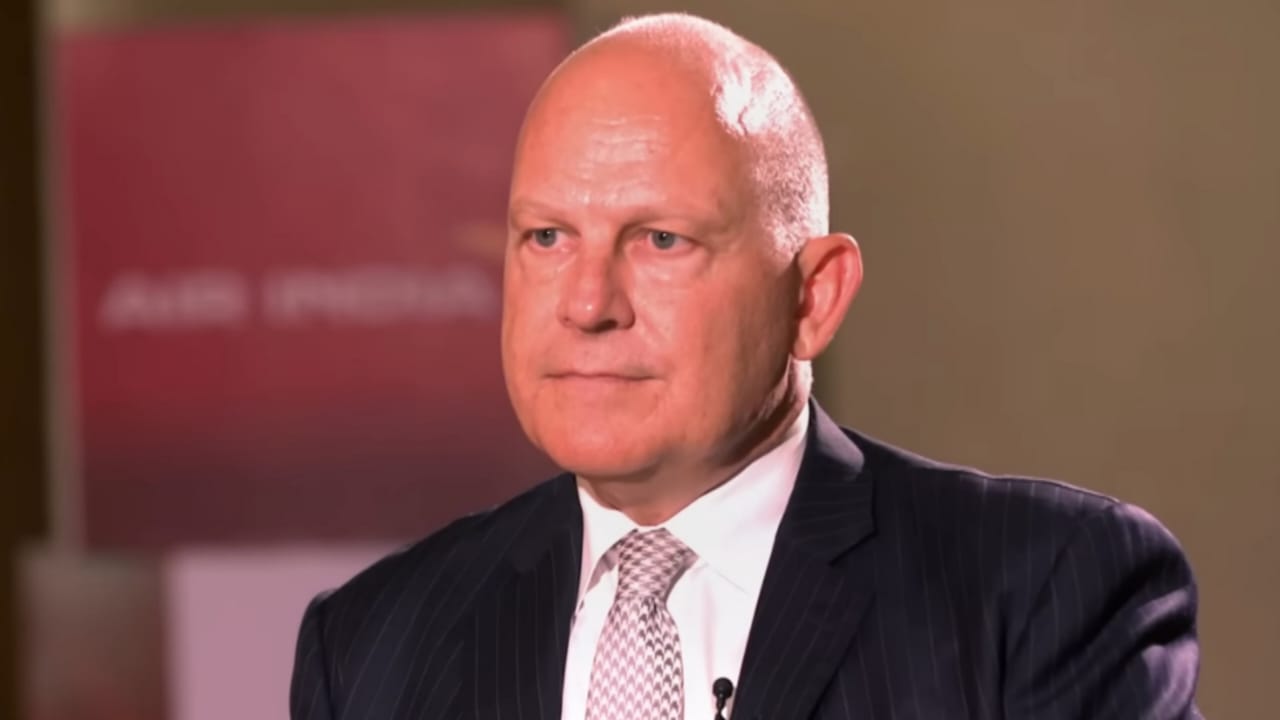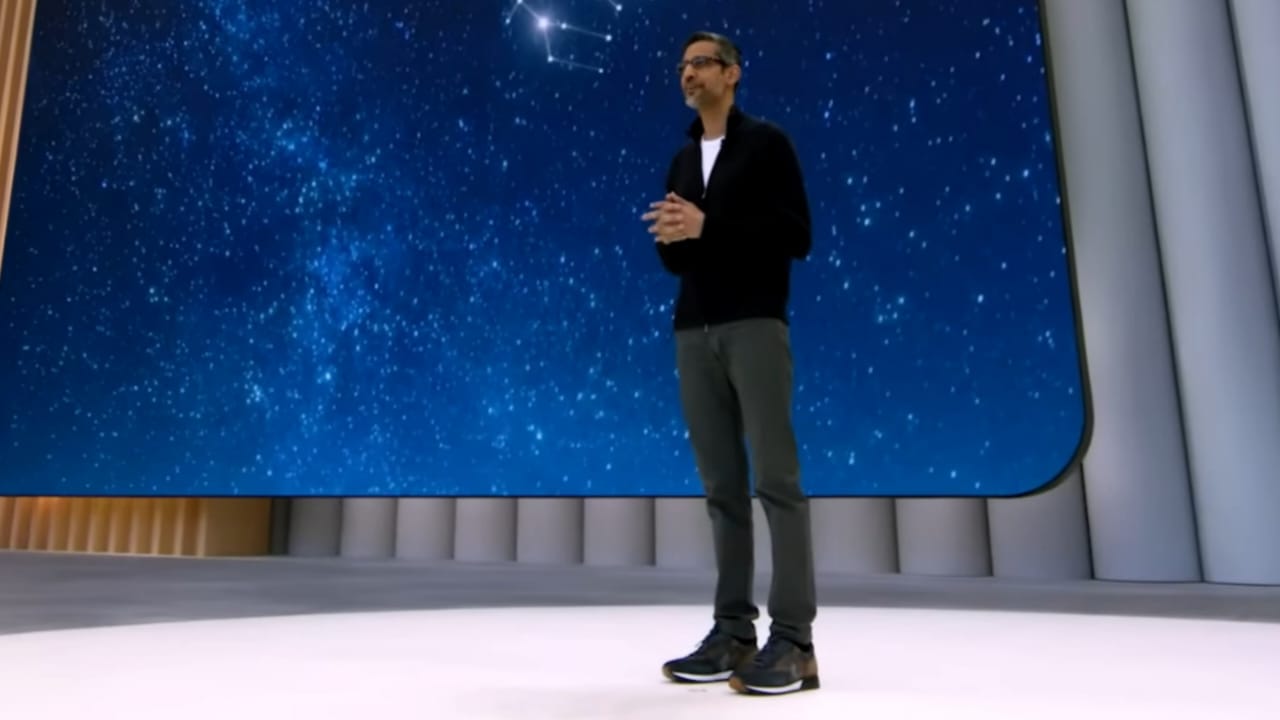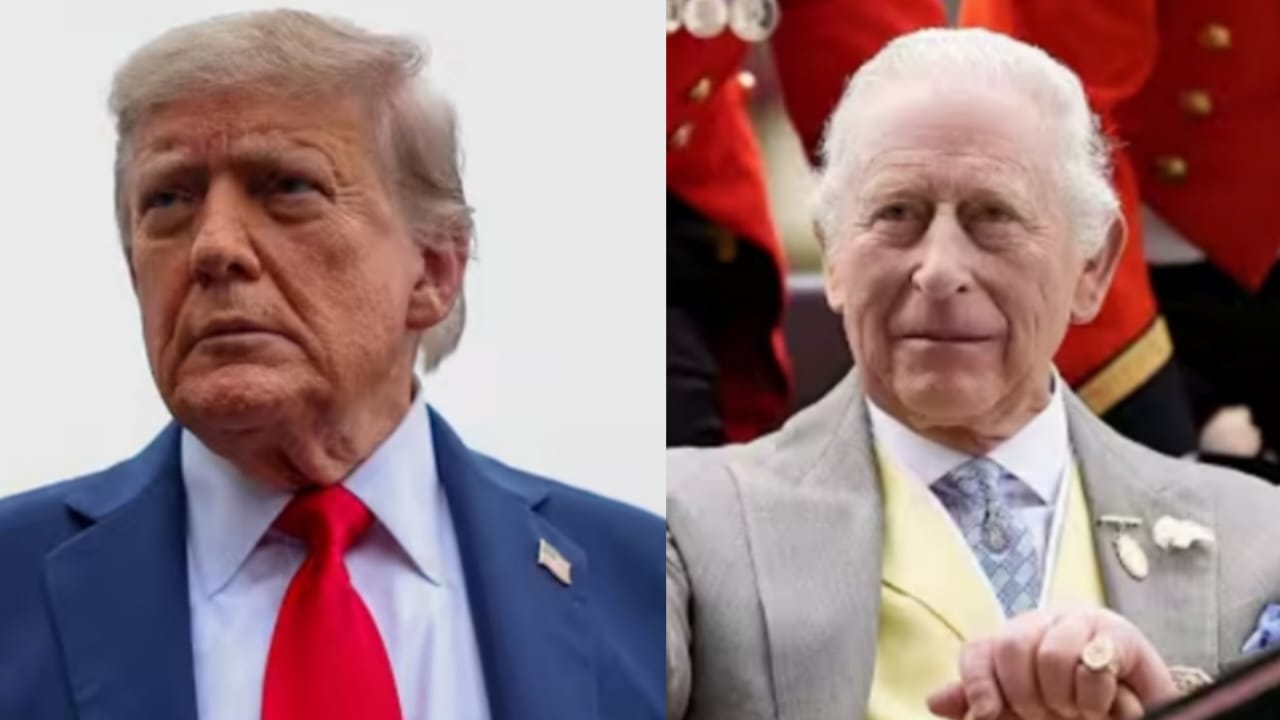India-US Trade Agreement, In a significant push towards deepening economic ties, a high-level delegation from India’s Ministry of Commerce and Industry has landed in Washington D.C. to resume pivotal negotiations for a Bilateral Trade Agreement (BTA) with the United States. The four-day discussions, set to begin Monday morning (US time), mark a new chapter in Indo-US economic diplomacy.
The timing is strategic coming shortly after the Trump administration’s decision to postpone the imposition of additional tariffs on several countries, including India, until August 1. This temporary relief offers both nations a crucial window to iron out key differences and work towards a mutually beneficial trade pact.
India’s Delegation Ready for Strategic Engagement
India-US Trade Agreement, The Indian delegation is being led by Rajesh Aggarwal, the Commerce Ministry’s Chief Negotiator and Special Secretary. While Aggarwal will join mid-week, an advance team is already in Washington handling agenda finalizations and procedural groundwork. According to ANI, these talks are expected to address long-standing concerns in sectors such as agriculture, automobiles, and digital trade.
India is keen on achieving a win-win outcome that not only promotes market access but also aligns with its long-term economic vision. In light of the evolving global trade dynamics, both sides recognize the urgency of establishing a framework that can support sustainable and inclusive growth.
$500 Billion Trade Target by 2030
India-US Trade Agreement, India and the United States have set an ambitious goal to expand bilateral trade to $500 billion by 2030. This landmark target is reflective of the evolving strategic partnership between the two countries. In recent years, India has become a preferred destination for American businesses looking to expand their global footprint, particularly in sectors like IT, manufacturing, pharmaceuticals, and digital services.
Trade experts believe that a well-crafted Bilateral Trade Agreement could act as a catalyst in unlocking new opportunities for both economies. The United States is already one of India’s largest trading partners, and any comprehensive deal could potentially double the trade volume and enhance supply chain resilience.
Key Focus Areas
One of the sticking points in previous rounds of negotiations has been the treatment of agricultural imports and exports. India is advocating for fewer restrictions on its agricultural products, while the US is pushing for greater access for its own agri-business sector.
Another sector under discussion is the automobile industry, where both sides are exploring ways to reduce tariffs and streamline regulatory standards. These negotiations aim to find a balance between protecting domestic industries and promoting healthy competition.
Perhaps the most transformative aspect of the talks, however, is the potential to include strong provisions on digital trade. India-US Trade Agreement, With the world rapidly moving toward a service-based digital economy, this could provide a game-changing boost for sectors like information technology, fintech, and e-commerce.
NITI Aayog’s Recommendations
Ahead of the negotiations, India’s premier policy think tank, NITI Aayog, released key recommendations in its latest edition of Trade Watch Quarterly. The Aayog emphasized that India should focus on crafting a services-oriented trade deal with the United States.
According to the report, there are enormous untapped opportunities for Indian firms in sectors like IT services, professional consultancy, education, and financial services in the US market. India-US Trade Agreement, The report suggests that the agreement should include provisions to enhance cross-border service delivery, a move that could benefit countless Indian startups and service providers.
Additionally, NITI Aayog has called for creating a comprehensive framework for digital trade and intellectual property rights, which could foster innovation and attract global investments in India’s growing tech ecosystem.
US Businesses Eyeing India for Growth
From Silicon Valley tech giants to Wall Street investors, many in the US business community see India as a critical growth market. The country’s young demographic, expanding middle class, and ongoing digital transformation make it a magnet for foreign investment.
American companies are particularly interested in India’s reforms in sectors like retail, infrastructure, clean energy, and digital payments. A balanced and inclusive trade agreement could encourage even more US firms to enter or expand in the Indian market, creating a win-win economic partnership.
Political Backdrop Strategic Patience Pays Off
The diplomatic timing of the talks also deserves attention. India-US Trade Agreement, With the US Presidential elections approaching and India also entering an important fiscal phase, both governments are seeking to show progress on international cooperation and economic policy.
The Trump administration’s decision to withhold additional tariffs until August 1 is being viewed as a positive signal. India-US Trade Agreement, It reflects a shared understanding that continued engagement could yield a better long-term outcome than unilateral trade actions.
Why This Trade Agreement Matters
India-US Trade Agreement, A successful Indo-US BTA would be historic not just for bilateral trade but for shaping the future of rules-based international commerce. It would:
- Lower tariffs and open new markets for exporters on both sides.
- Facilitate smoother movement of services and professionals.
- Encourage joint R&D and innovation in emerging sectors.
- Boost job creation and economic growth in both countries.
- Strengthen diplomatic and strategic alignment in the Indo-Pacific.
A New Era in Indo-US Economic Relations?
India-US Trade Agreement, As the four-day negotiations unfold in Washington, all eyes are on the outcomes that will define the next phase of India-US trade relations. With dedicated leadership, strategic patience, and a vision for the future, both countries stand at the cusp of a transformative deal.
If these talks lead to a comprehensive and forward-thinking trade agreement, it could not only set the stage for achieving the $500 billion trade goal by 2030 but also solidify the India-US relationship as a pillar of global economic stability.
Let’s hope the negotiators can turn this opportunity into a defining milestone for both nations.
For the full scoop and in-depth analysis, read the complete report on India-US Trade Agreement www.financialexpress.com

